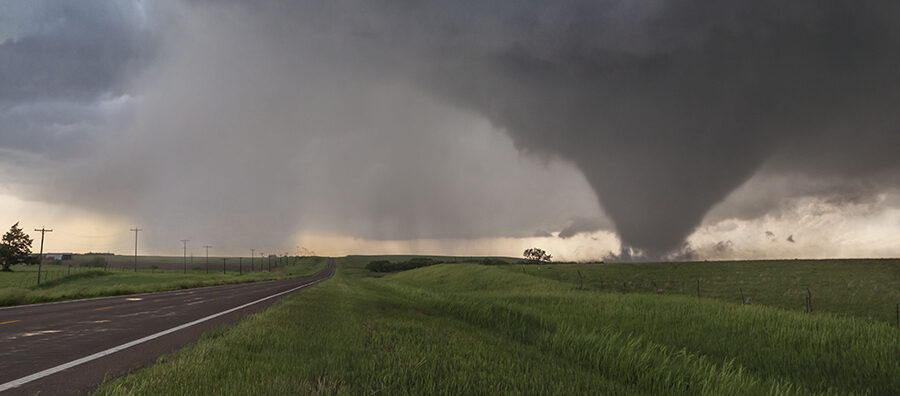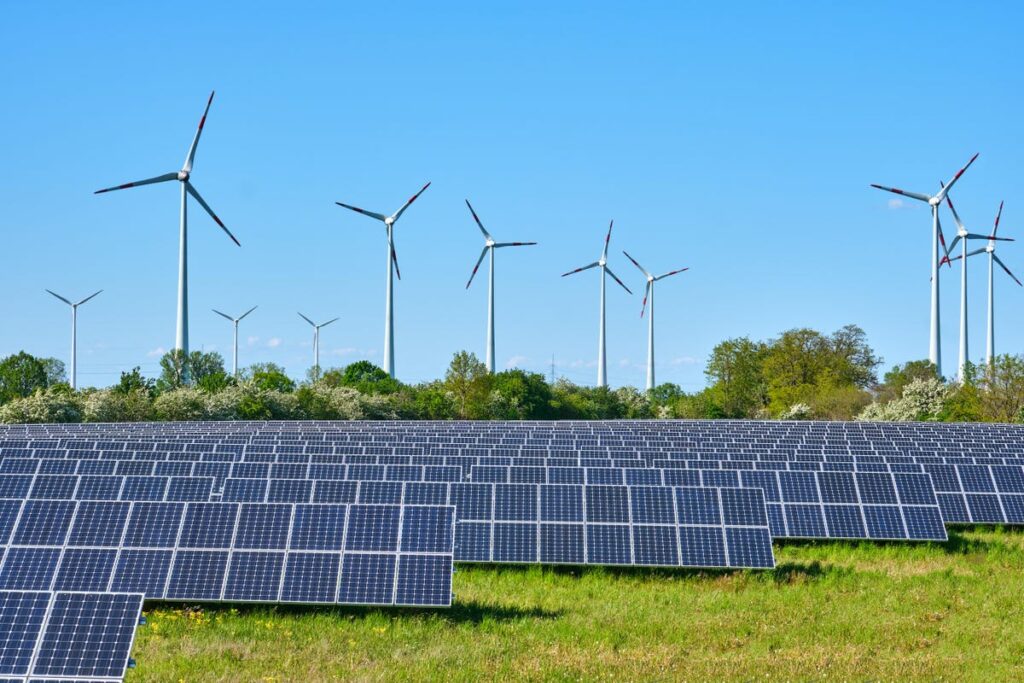Continuing our examination of the most recent IPCC report, we focus this week on the topic most politicians have in mind when they talk about the perils of climate change, namely dangerous storms or “severe convective storms” to specialists. Either way they’re getting worse and worse right? Well let’s see what the IPCC says, by turning to Section 11.7.3 of the AR6. We replace references with (---) and occasionally skip explanatory material, and otherwise here is the IPCC in its own words. “Severe convective storms are convective systems that are associated with extreme phenomena such as tornadoes, hail, heavy precipitation (rain or snow), strong winds, and lightning. The assessment of changes in severe convective storms in SREX (Chapter 3, Seneviratne et al., 2012) and AR5 (Chapter 12, Collins et al., 2013) is limited and focused mainly on tornadoes and hail storms. SREX assessed that there is low confidence in observed trends in tornadoes and hail because of data inhomogeneities and inadequacies in monitoring systems. Subsequent literature assessed in the Climate Science Special Report (Kossin et al., 2017) led to the assessment of the observed tornado activity over the 2000s in the United States with a decrease in the number of days per year with tornadoes and an increase in the number of tornadoes on these days (medium confidence). However, there is low confidence in past trends for hail and severe thunderstorm winds.” So nothing to see, really.
What else does the report say? We’re glad you asked:
Climate models consistently project environmental changes that would support an increase in the frequency and intensity of severe thunderstorms that combine tornadoes, hail, and winds (high confidence), but there is low confidence in the details of the projected increase…
Observed trends in severe convective storms are highly regionally dependent. In the United States, it is indicated that there is no significant increase in convective storms, and hail and severe thunderstorms (---). There is an upward trend in the frequency and intensity of extreme precipitation events in the United States (high confidence) (---), and [mesoscale convective systems or MCSs] have increased in occurrence and precipitation amounts since 1979 (limited evidence) (---). Significant interannual variability of hailstone occurrences is found in the Southern Great Plains of the United States (---). The mean annual number of tornadoes has remained relatively constant, but their variability of occurrence has increased since the 1970s, particularly over the 2000s, with a decrease in the number of days per year, but an increase in the number of tornadoes on these days (---).
… Studies on trends in severe convective storms and their ingredients outside of the United States are limited. (---) found that there is an increase in the intensity of short-duration convective events (minutes to hours) over many regions of the world, except eastern China. In Europe, a climatology of tornadoes shows an increase in detected tornadoes between 1800 to 2014, but this trend might be affected by the density of observations (---)
In summary, because the definition of severe convective storms varies depending on the literature and the region, it is not straightforward to make a synthesizing view of observed trends in severe convective storms in different regions. In particular, observational trends in tornadoes, hail, and lightning associated with severe convective storms are not robustly detected due to insufficient coverage of the long-term observations. There is medium confidence that the mean annual number of tornadoes in the United States has remained relatively constant, but their variability of occurrence has increased since the 1970s, particularly over the 2000s, with a decrease in the number of days per year and an increase in the number of tornadoes on these days (high confidence). Detected tornadoes have also increased in Europe, but the trend depends on the density of observations.


